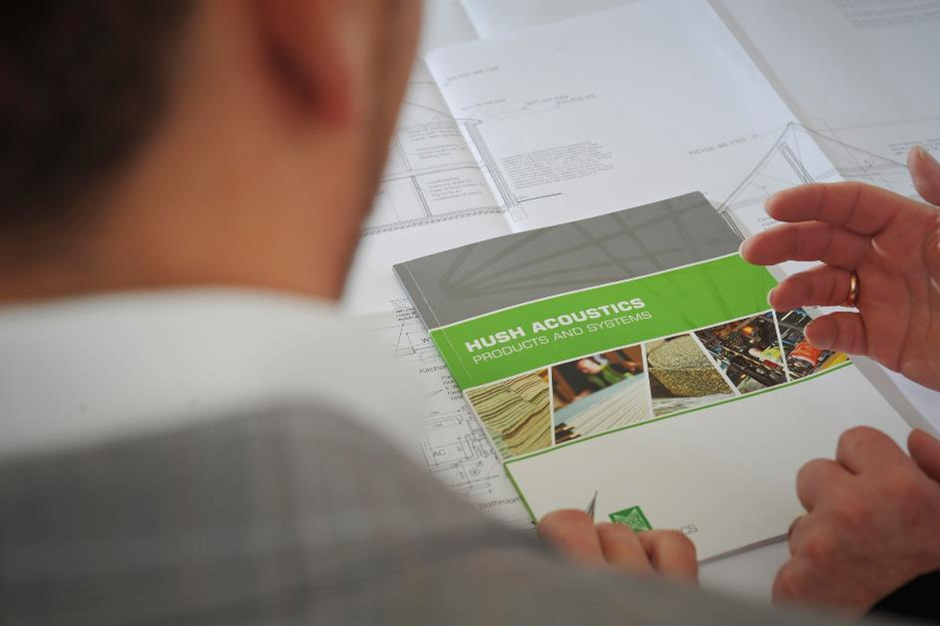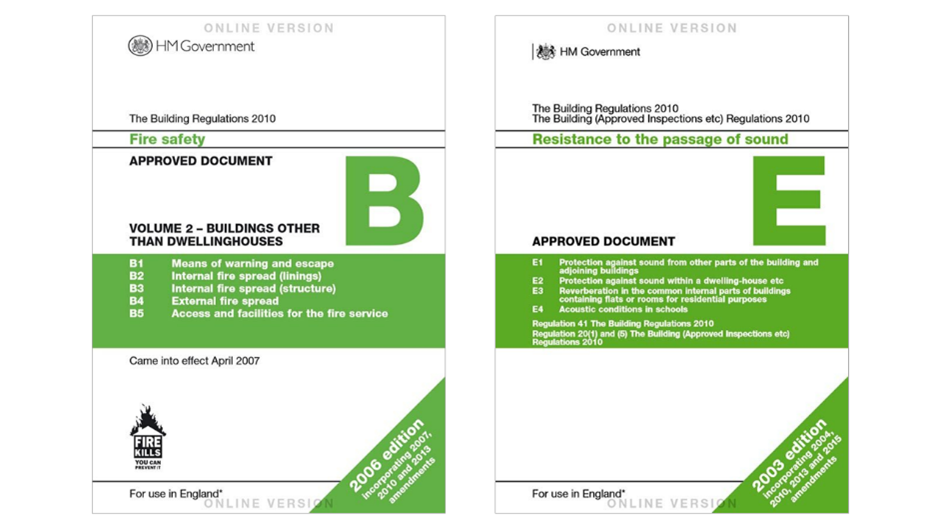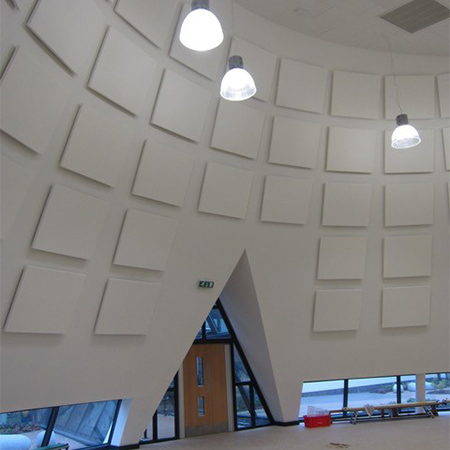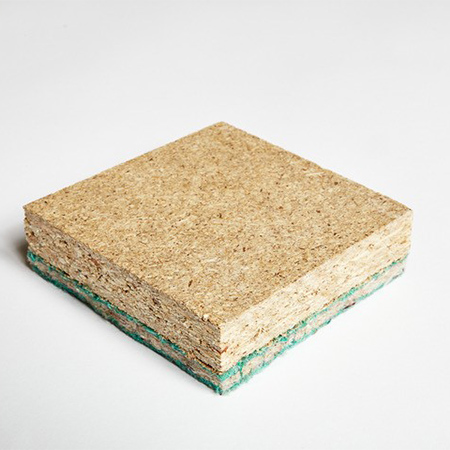The Building Safety Act came into force in England & Wales in April 2023, heralding a new era for construction in which safety, competence and accountability will have a far higher priority across the whole industry. However, it does not apply to all buildings and does not replace the need to comply with existing Building Regulations.
A key fact to recognise about the new Act is that it initially only applies to residential Higher-Risk Buildings (HRBs). These are new or existing buildings which are occupied, over 18 metres high or seven storeys or more, and contain two or more residential units.
Care homes and hospitals built to the same height are also covered by the Act, due to the vulnerable nature of many people in these types of buildings. But hotels, secure residential institutions, such as prisons, and military premises (e.g., military barracks and buildings containing accommodation provided by the Ministry of Defence) are excluded from both parts of the new regime.
Whilst it is acknowledged that the Act will have implications right across the construction industry, from a compliance perspective it is important to understand that it does not fundamentally change the legislation applying to low rise buildings. And if your project is located in Scotland and Northern Ireland, the Act has only a very limited application.
No significant change for low-rise buildings
For anyone working on acoustic walls and floors in buildings located in England & Wales below 18m in height, which includes the vast majority of houses and apartment buildings, the standards focus will continue to be Approved Document E. And, to comply with fire safety, designs must continue to meet the requirements of Approved Document B.
Providing acoustic designs meet the minimum standards set out for both of these Building Regulations, the separating wall or floor/ceiling will be approved. Nothing changes from that perspective.
Where you will need to work differently is for buildings that fall within the Building Safety Act’s realm – HRBs. The standards demanded by Approved Documents E and B will still need to be met, but there will also be a requirement to comply with the new processes designed to ensure buildings can be properly managed, maintained and refurbished throughout their lifetime.
What really changes for acoustic design in higher risk buildings?
Companies and individuals involved in the acoustic systems supply chain will need to provide all the information required to develop a ‘golden thread’ for each building – a building's “single source of truth” as the HSE describes it. This is vital to enable the HRB’s appointed ‘accountable person’ to register it with the new Building Safety Regulator – a legal requirement.
Here, it will be necessary to provide information such as which materials have been used in an acoustic wall or floor/ceiling, evidence of how it complies with the Building Regulations and who was involved in the manufacture, supply, installation and completion checks.
Given these changes in the construction process, along with a heightened awareness right across the industry to avoid doing anything that could compromise fire safety, it is unsurprising that we are receiving a large number of enquiries from architects, developers and contractors keen to ensure that acoustic walls, floors and ceilings will comply with the new HRB requirements.
The key to compliance is to seek specialist advice early in the process and consult with a fire engineering consultant if you are at all uncertain.
As acoustic design and manufacturing experts with over 30 years’ experience in delivering Building Regulations compliant solutions, Hush are also ideally placed to advise on the right sound reduction approach in HRBs.
Hush Acoustics already offer a diverse range of fully tested acoustic systems, many of which will comfortably deliver a good level of fire resistance in walls and floors, providing they have been installed in accordance with their guidelines, as well as numerous high quality sound insulation products.
For advice and to see the full range visit www.hushacoustics.co.uk.
When does the Building Safety Act apply to my project?
| T | 0151 933 2026 |
|---|---|
| E | info@hushacoustics.co.uk |
| W | Visit Hush Acoustics' website |
| Unit 2, Tinsley Industrial Estate, Shepcote Way, Sheffield, S9 1TH |






